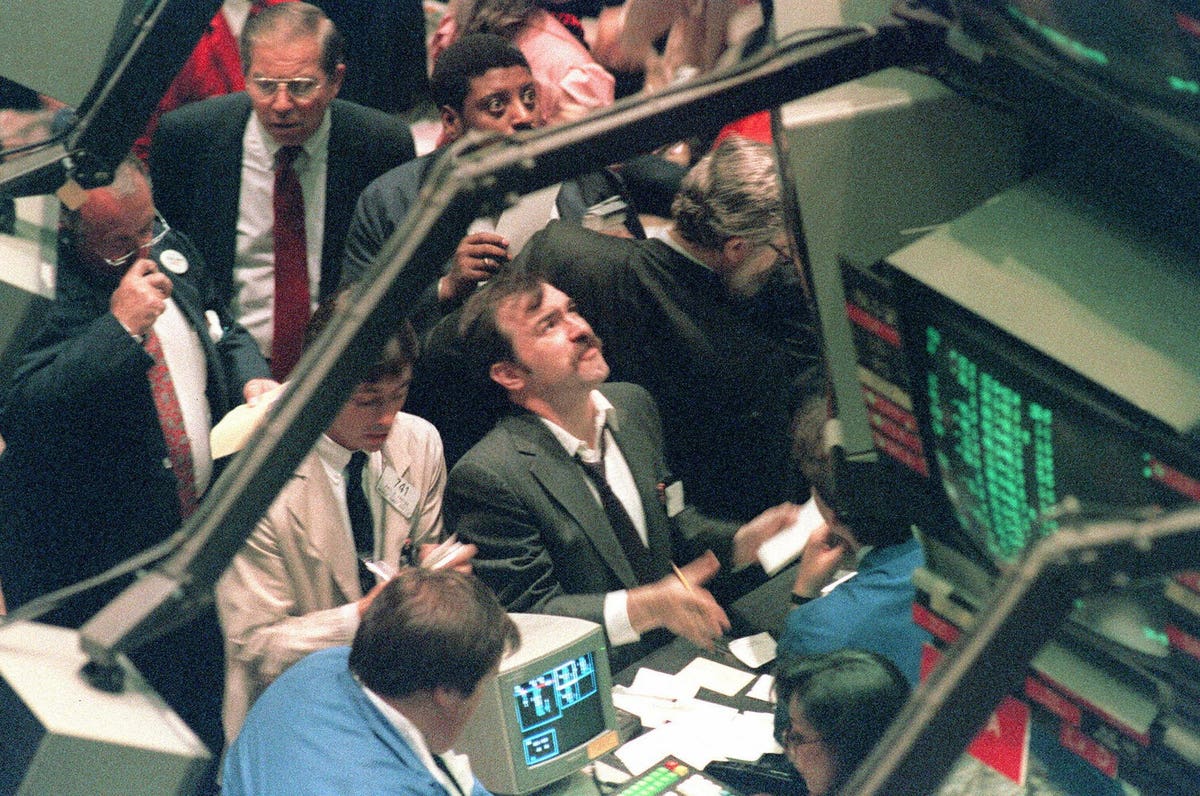Many veteran market observers, myself included, were surprised that the deal on the debt ceiling was signed without more of a fight. In the past, those on the fringe have often made negotiations more contentious which often made things worse. That was what the stock market needed as the S&P 500 had a convincing close above 4200 as 4300 is now within reach.
Though the stronger-than-expected jobs report was also a factor It seems very likely that short covering in the S&P futures was partially responsible. We won’t have new data from the COT until next week. The record short position of Large Speculators is the highest since June 2020 with only a few weeks of trading left in the June contract.
In last week’s trading, the iShares Russell 2000 was the leader for a change as it was up 3.3% even though it is only showing a 4.8% year-to-date (YTD) gain. The Dow Jones Industrial Average had a solid gain of 2% which turned the YTD positive.
For a change, the Nasdaq 100 (NDX) was up 1.7% just a bit less than the S&P 500 or the Dow Jones Transportation Average. There is a wide differential in the YTD numbers as NDX is now up 33%. That is almost triple the YTD of the S&P 500 and over 6x that of the Dow Jones Transportation Average.
The growth versus value debate has dominated much of the stock market commentary in 2023. The skepticism over growth’s outperformance and the view that earnings would not justify the stock prices has been and still is a widespread argument for not buying stocks.
The weakness in the value stocks as well as the value ETFs has been made worse with the surge into AI stocks. As noted by Bloomberg the pain has been confirmed by the fund flows as “In the past three months, they pulled more than $15 billion from exchange-traded funds with a focus on the value style, the fastest withdrawals since at least 2016.”
A comparison chart of four representative ETFs in 2023 helps clarify the action so far this year. On the growth side, I have the iShares Russell 1000 Growth (IWF
IWF
XLK
IWD
XLE
XLF
At the start of the year, all four crossed above the zero line rising until they peaked in the middle of February, line b. All corrected from their highs but by early March IWD and XLE, both had dropped below the zero line, bottoming near the middle of the month, point c. The growth ETFs stayed well above the 0% level before turning higher by the end of the month.
Both IWF and XLK rallied impressively in April and especially in May with three-month gains of 15.4% and 23% respectively. This is in contrast to a loss of -0.80% during the same period by IWD and -6% for XLE.
In the most recent BofA’s survey, released in the middle of May the two most crowded trades were long tech and short US banks. They were also the most overweight cash and underweight US equities. Their still very high level of cash leaves plenty of buying power on the sidelines as they have $735 billion under management.
For the week the market internals were very strong on the NYSE with 2596 issues advancing and just 592 declining. The Spyder Trust (SPY
PY
SPY
The S&P 500 Advance/Decline line has moved back above its WMA which is a positive sign. It is still diverging from prices as it is well below the highs from early in the year and the resistance at line b.
The Invesco QQQ
QQQ
The Nasdaq 100 Advance/decline line rose sharply on Friday but is still diverging from price as it is below the February high at line c. This could be resolved in the coming week with another day or two of strong A/D numbers. A drop below the WMA would be the first sign of a correction with more important support at line d.
The relative performance (RS) turned positive at the start of the year and signaled that it was a market leader. It has formed a nice pattern of higher highs and higher lows as crosses with the 21 WMA have correctly identified the pullbacks in the uptrend as well as additional buy points.
The FOMO in the growth stocks could last until the end of the month as many managers are likely under-invested. However, it does not have to as my in-depth analysis of the growth/value relationship has worked well in calling the turns. This could be a pivotal week.
The weekly chart of the IWF/IWD ratio shows the growth buy signals at the start of the year as the bullish divergence in the MACDs, line d, was confirmed by the positive cross in the MACD-His (point c).
The MACDs were rising sharply in March-April so the completion of the bottom formation at the start of May was not surprising. The move above the resistance at line b, projected a move to the 1.85 area, line a.
The daily ratio did decline slightly on Friday and I am starting to notice some positive signs from a few of the value ETFs that I follow. Though I think it is too early to look for a major turn lower in the growth stocks the risk has reached levels where I am recommending taking partial profits on strength like on last Monday’s open. I do think a 4-6 week period or longer of value-leading growth is likely this summer. Don’t be greedy if you have nice profits
Read the full article here













